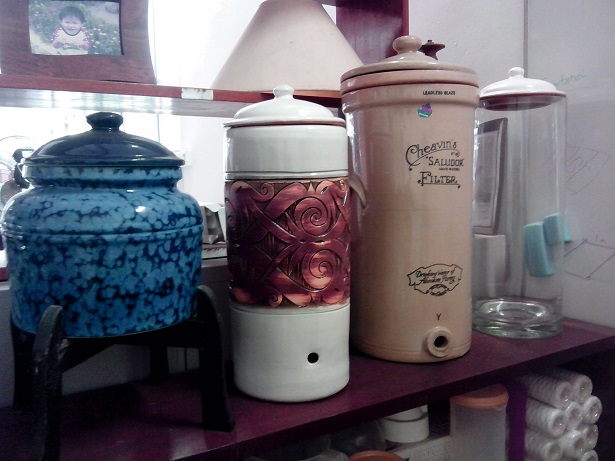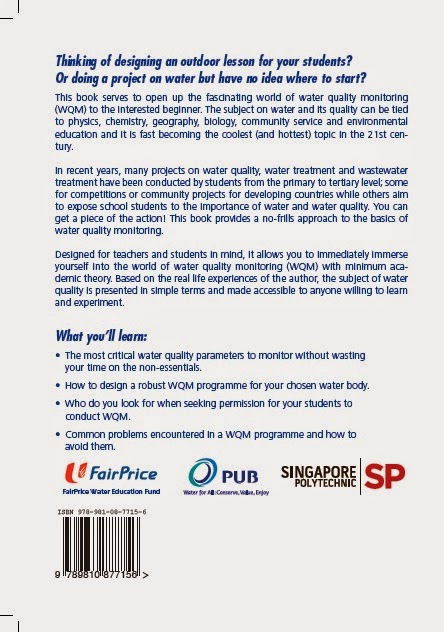I have done modelling of dioxins transport in rivers many years back but the model has always been hampered by a lack of real world data for calibration and verification. Therefore, this time round, I am going to generate my own real world data (read "field work") to fit into Qual2kw. What better place to start than my favourite local waterway in the "backyard" of my office. Sorry, can't find the name for it so I have always named it "Ngee Ann Stream" in honour of its namesake institution nearby. (If the stream becomes well known for my work on it, NP should really pay me a royalty.) All right, it is actually a tributary of Sungei Ulu Pandan and despite being nameless, it is a wonderful piece of semi-natural habitat.
Figures (L-R, T-B): A mix of natural and man-made habitat such as this culvert connecting open country and secondary forest;
headwater of Ngee Ann Stream;
throwing a wrench into the model - an inflow to account for;
surveying the downstream canal;
alas, development is coming by starting with land clearing - what is the fate of this natural habitat?


















